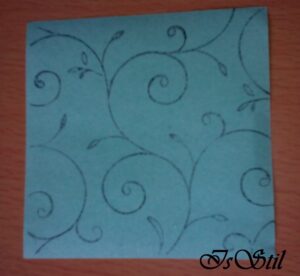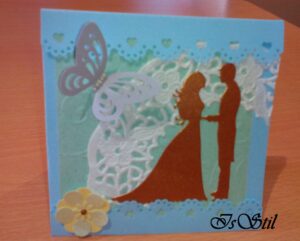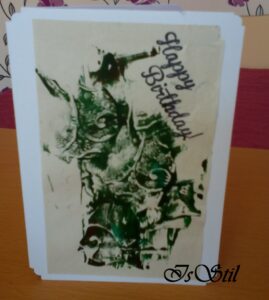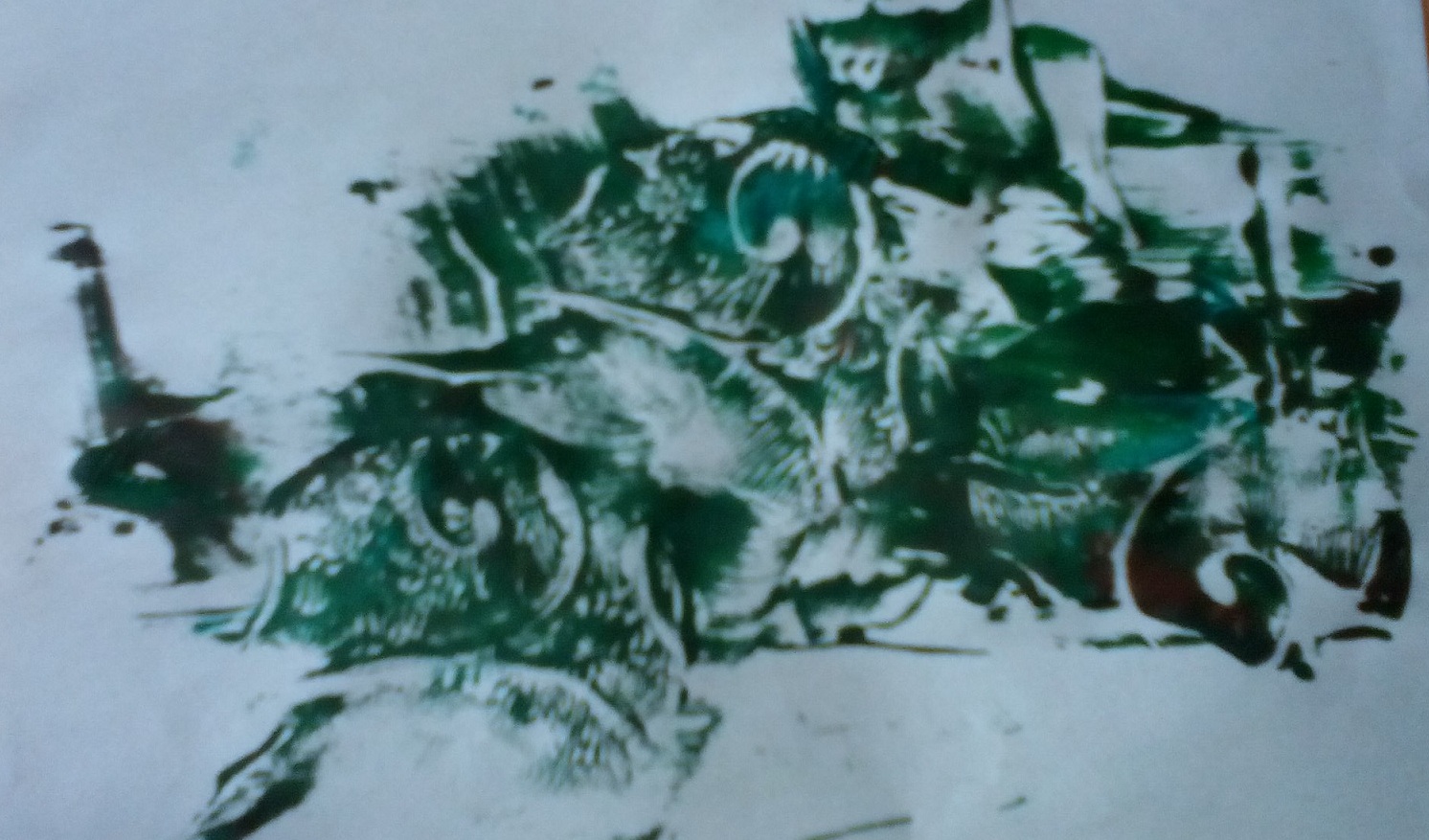 When I last loaded in the store, I was very impressed by the New Year’s relief folders, also known as embos folders. In case you don’t know what these folders are for – these are these incredibly simple and at the same time infinitely effective tools, thanks to which we often admire the prominent images on handmade cards. In fact, in addition to creating a relief, folders can serve other purposes, but later… Embossing folders have two surfaces made of transparent plastic material. One part of them has convex images, and the other has spectacular recesses in opposite places. To create an embossed print, a sheet of paper should be placed between the two surfaces of the embos folders and the prepared “sandwich” should be placed in a special machine for making embossing. This machine can be designed either only for embos (relief) or combined, combining the ability to make convex images with cutting out uniform patterns. Regardless of the type of machines, however, they put a lot of pressure on the folders that bend the paper and print their images on it. Although the use of embos folders is tied to embossing machines, some believe that the folders could be used without a special device. Instead, they suggest applying pressure from rolling with a rolling pin to the embos folders. This method would indeed save a lot of money on the purchase of a special device, but it could hardly achieve the deep and uniform relief that is obtained when using specially made devices.
When I last loaded in the store, I was very impressed by the New Year’s relief folders, also known as embos folders. In case you don’t know what these folders are for – these are these incredibly simple and at the same time infinitely effective tools, thanks to which we often admire the prominent images on handmade cards. In fact, in addition to creating a relief, folders can serve other purposes, but later… Embossing folders have two surfaces made of transparent plastic material. One part of them has convex images, and the other has spectacular recesses in opposite places. To create an embossed print, a sheet of paper should be placed between the two surfaces of the embos folders and the prepared “sandwich” should be placed in a special machine for making embossing. This machine can be designed either only for embos (relief) or combined, combining the ability to make convex images with cutting out uniform patterns. Regardless of the type of machines, however, they put a lot of pressure on the folders that bend the paper and print their images on it. Although the use of embos folders is tied to embossing machines, some believe that the folders could be used without a special device. Instead, they suggest applying pressure from rolling with a rolling pin to the embos folders. This method would indeed save a lot of money on the purchase of a special device, but it could hardly achieve the deep and uniform relief that is obtained when using specially made devices.
 An option for using the relief folders without a machine is if they are used not for their traditional purpose for shaping 3D images on paper kraft projects, but if they serve as stamps. The spectacular texture images of the folders are extremely suitable for background prints and can be used not only with pigment ink, but also with embossing ink. To do this, ink should be applied to their convex side and printed on the paper. If the special emboxing ink is used, the folders would again create embossed images – this time with the hot embossing technique, which I wrote about in one of the previous articles. The advantage of using stamp folders is that they can be applied not only to cardboard and paper, but also to wood or fabric.
An option for using the relief folders without a machine is if they are used not for their traditional purpose for shaping 3D images on paper kraft projects, but if they serve as stamps. The spectacular texture images of the folders are extremely suitable for background prints and can be used not only with pigment ink, but also with embossing ink. To do this, ink should be applied to their convex side and printed on the paper. If the special emboxing ink is used, the folders would again create embossed images – this time with the hot embossing technique, which I wrote about in one of the previous articles. The advantage of using stamp folders is that they can be applied not only to cardboard and paper, but also to wood or fabric. 
Another idea for non-standard use of embos folders is in combination with a gelli plate – a special pad made of flexible plastic material. The gel pad serves as a base on which acrylic paints are applied and immediately afterwards relief images are pressed onto them for a few seconds. As long as the texture strokes are not dry, they are easily transferred to the paper pressed against the backing. In addition to paper, the folders can be used to make prints on plaster, clay, cold porcelain and similar materials requiring cold processing. Used on such surfaces, however, they cause not convex, but concave reflections, from which both stylish jewelry and various souvenirs can be formed. The last option for using them is on textiles. To do this, textile paint is placed on the protruding part of the folder and pressure is applied to it using a rubber roller. Depending on the water of the fabric and the paint used for the print, similarly decorated clothes, shoes or bags can be cleaned and washed, preserving the spectacular images of universal relief folders. Although for the moment these are the ways I know about using the embos folders, probably some of you have tried other interesting techniques for working with them. Because, no matter how they are used, they really manage to give incredible and unique beauty to any craft project – a card, an album, a piece of jewelry, a scarf, a garment or a souvenir… And finally, a few cards with the techniques described above.





